Christian Tours
Galilee Travel’s exclusively customized Christian Travel Services provide Ministers, Pastors and congregation leaders the opportunity to design and fulfill an experiential journey that is spiritual, educative, socially interactive, exciting and fun.
It is a Land that the Lord your God seeks out; the eyes of the Lord your God, are always upon it, from the beginning of the year to the end of the year. DEUTERONOMY (11:12)
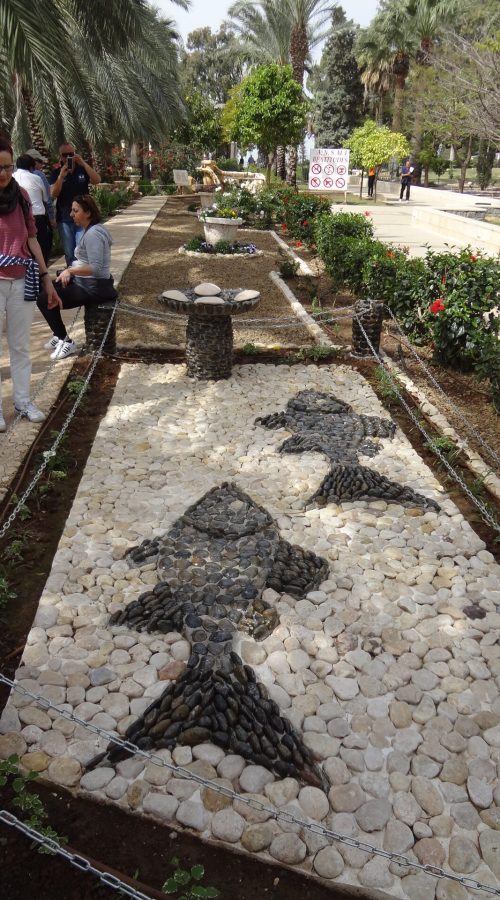
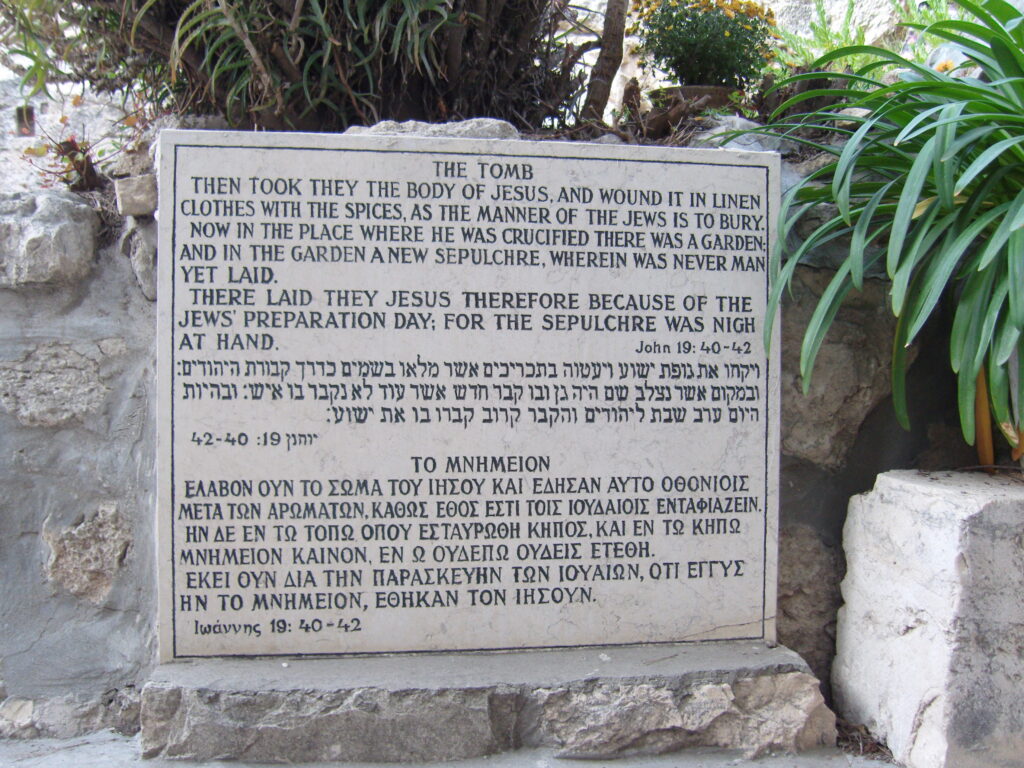
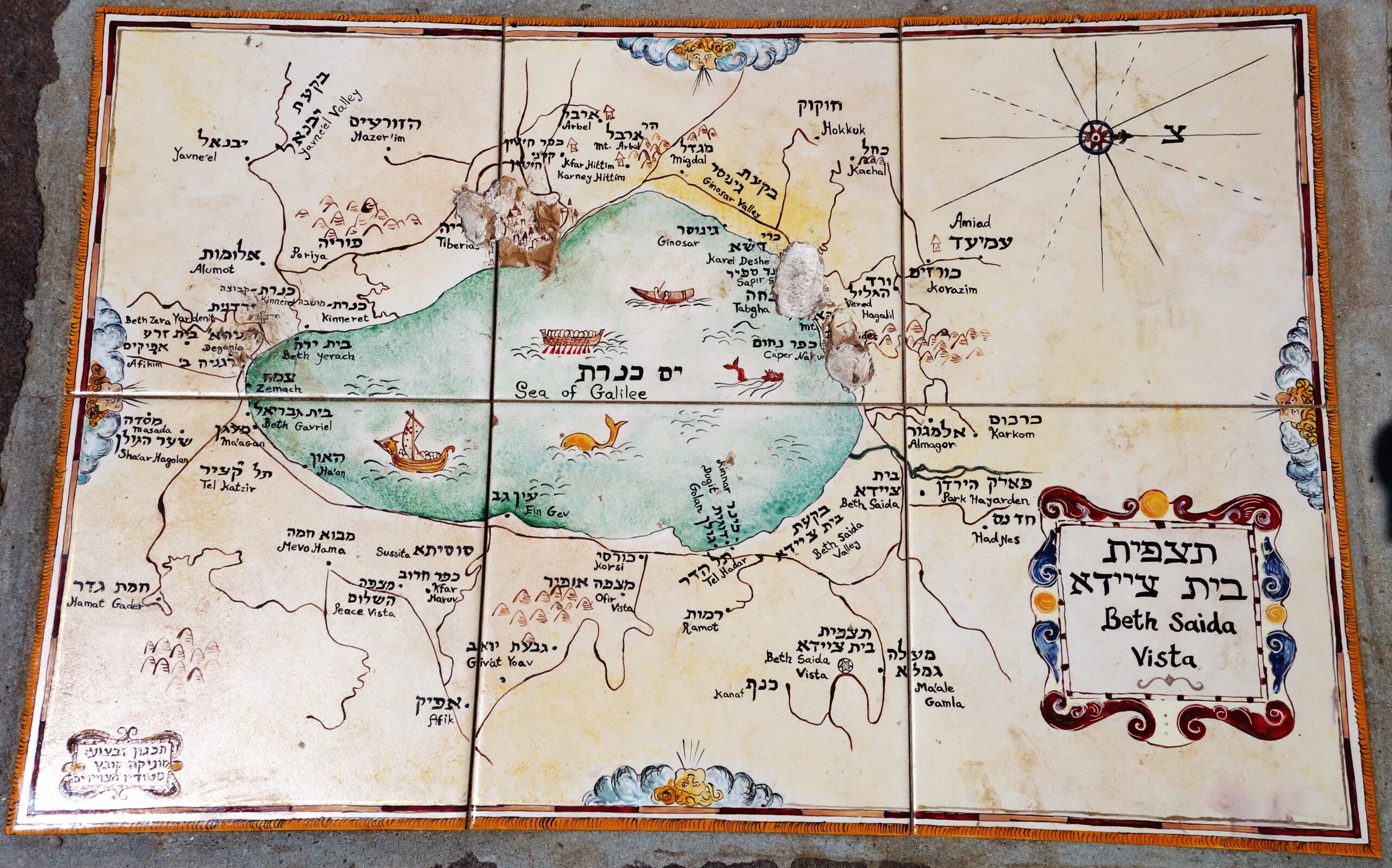
When they had done so, they caught such a large number of fish that their nets began to break. So they signaled their partners in the other boat to come and help them, and they came and filled both boats so full that they began to sink.
LUKE 5:6-7
Galilee Travel offers Church congregations and their leadership an exclusive and personalized Israel travel development program that provides planning and delivering complete tour packages uniquely customized to the congregation’s exacting requirements. At Galilee, we work closely with Christian tour leaders to develop Israel trips that include air travel, accommodations, ground transport, meals, sightseeing, professional tour guides, coordination of events, as well as educational activities. Whatever the denomination and spiritual focus, we work hard to make the journey an enriching experience that amplifies the congregation’s understanding of the scriptures and its enduring love of God and the Holy Land.

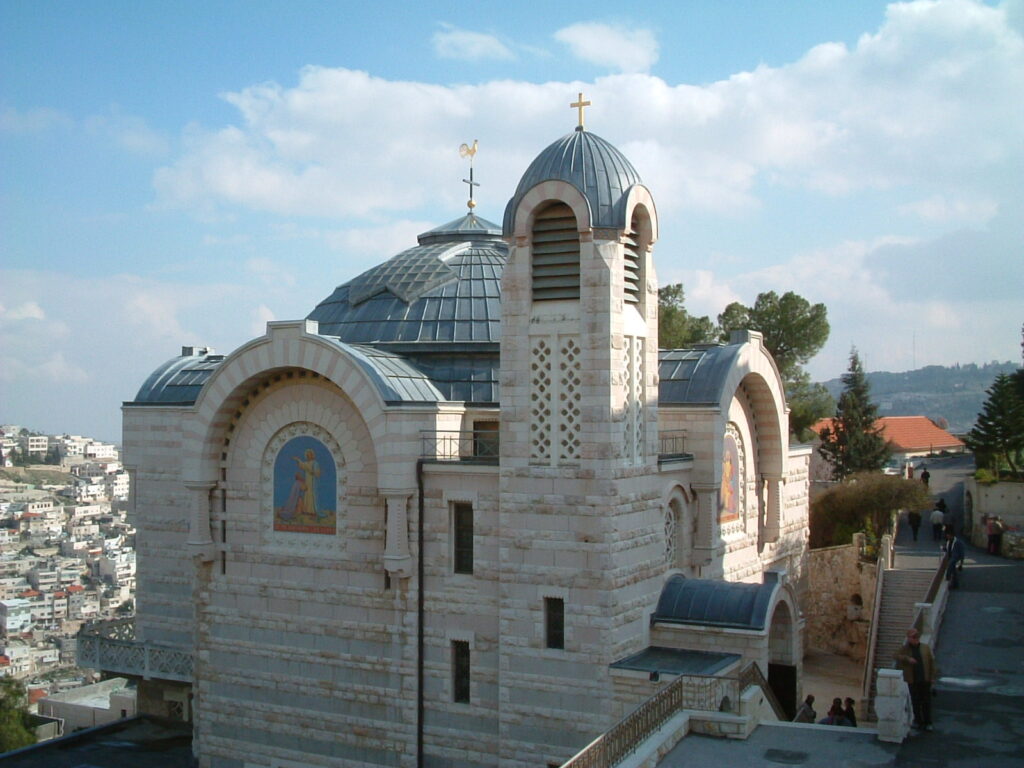
Whatever the scope of your Church tour may be, walking in the footsteps of Jesus, seeing the country firsthand, experiencing the legacy and heritage of Christianity in the cradle of its existence, while sampling Israel’s endless offerings among congregation and friends, will leave everyone inspired and spiritually enriched. At Galilee Travel we want to help make your Holy Land trip a worthy and memorable event and a custom designed venue that mirrors in its exclusivity the uniqueness and singularity of your individual selves.
The Most Breathtaking Views
We Take You There

Our Logo, this image was taken from a private vantage point on the Golan Heights just above Gofra on the shore of the Kinneret. From this angle all of Christianity’s sacred sites can be clearly seen. The Sea of Galilee, nestled in the northern region of Israel, is a stunning freshwater lake surrounded by rolling hills and lush vegetation. Its serene waters, reflecting the sky’s vibrant hues, create a picturesque landscape that captivates visitors. The shoreline is dotted with quaint towns, kibbutz and moshav settlements as well as historic sites and rich archeology, adding a sense of timelessness to its beauty. During sunrise and sunset, the lake’s surface shimmers with golden light, offering a tranquil and almost ethereal experience. The gentle waves and the distant mountains provide a peaceful backdrop, making the Sea of Galilee a place of natural splendor and spiritual reflection.

Sunrise above the Dead Sea is a breathtaking spectacle. As the first light of dawn breaks, the sky transforms into a canvas of warm hues—soft pinks, vibrant oranges, and golden yellows. The still waters of the Dead Sea reflect these colors, creating a mirror-like surface that doubles the beauty of the scene. The surrounding barren hills and rugged landscape are bathed in a gentle, golden glow, contrasting starkly with the eerie tones of its salty water. The serene and silent atmosphere enhances the ethereal experience, making it a truly mesmerizing sight. The Dead Sea is a landlocked salt lake bordered by Jordan to the east and Israel to the west. It lies in the Jordan Rift Valley, and its main tributary is the Jordan River. As of 2019, the lake’s surface is 430.5 metres (1,412 ft) below sea level, making its shores the lowest land-based elevation on Earth. It is also the deepest hypersaline lake in the world. With a salinity of 342 g/kg, or 34.2% , it is one of the world’s saltiest bodies of water – 9.6 times saltier than the ocean. This salinity makes for a harsh environment in which plants and animals cannot flourish, hence its name.
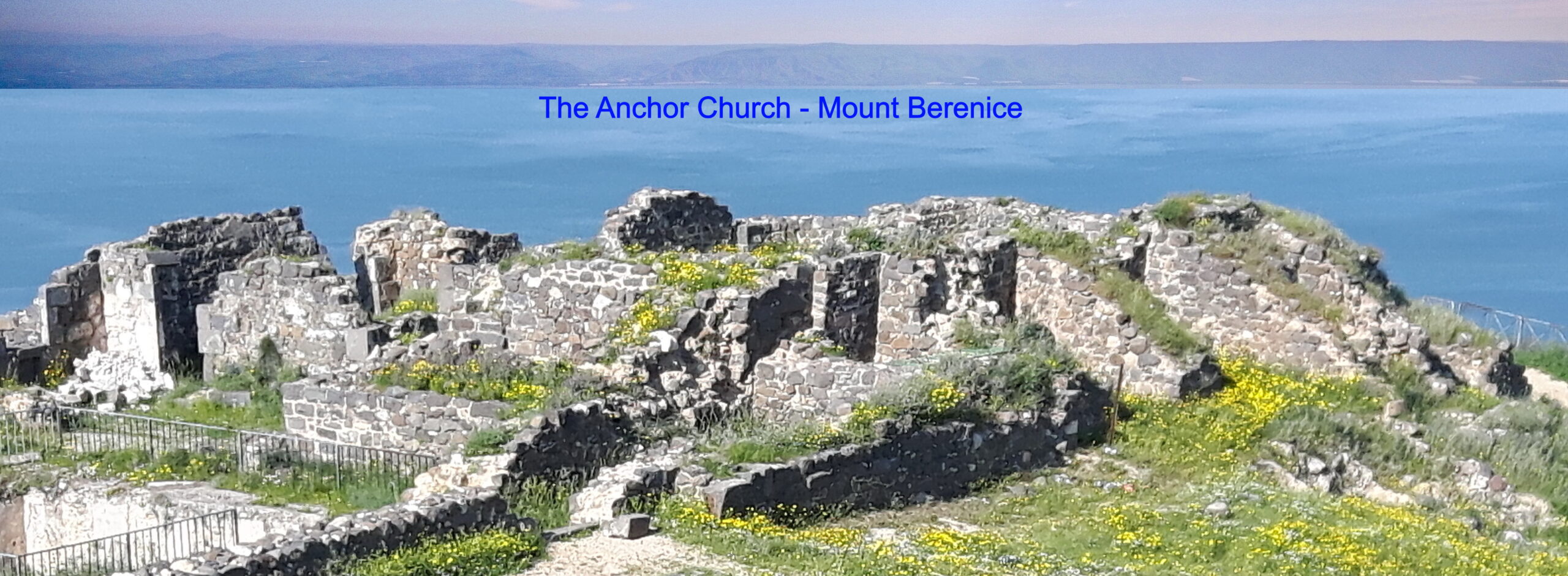
Herod Antipas had a magnificent palace in Tiberias, which may have been the palace of the princess Berenice, about whom Josephus told in his writings, hence the name of the mountain “Mount Berenice”. During the Byzantine period, in the sixth century, a church was built on the eastern peak of the mountain, possibly on the ruins of the palace of Antipas. The church was a magnificent building with an area of about 1,400 square meters. The church provided a view of “the landscape of Jesus,” i.e., the area in which he preached and performed many of the miracles described in the New Testament. From this spot, Capernaum, Bethsaida, Chorazin, Tabgha and Kursi at the foot of the Golan Heights are all clearly visible. At the heart of the church, below the altar, lies a monolithic stone – in the shape of a Jesus-era anchor – that was used as a sacred relic, and apparently was connected to the story of Jesus’ activity in the Sea of Galilee.

The the Muhraqa, which in Arabic means “It Burns” offers spectacular views from the roof of the monastery from where one can see the Mediterranean, Mount Hermon and in between – the sprawling Jezreel Valley. The location is traditionally derived from the bible verses in Kings 18:36-39 – At the time of sacrifice, the prophet Elijah stepped forward and prayed: “Lord, the God of Abraham, Isaac and Israel, let it be known today that you are God in Israel and that I am your servant and have done all these things at your command. 37 Answer me, Lord, answer me, so these people will know that you, Lord, are God, and that you are turning their hearts back again.” 38 Then the fire of the Lord fell and burned up the sacrifice, the wood, the stones and the soil, and also licked up the water in the trench. 39 When all the people saw this, they fell prostrate and cried, “The Lord—he is God! The Lord—he is God!”

For Christians, the Western Wall holds profound historical and spiritual significance. As the last remaining structure of the Second Temple, which stood during the time of Jesus, this ancient wall offers a tangible connection to the biblical past. Walking along the plaza, one can reflect on the stories of Jesus teaching in the Temple, his interactions with the Jewish leaders, and the vibrant religious life of Jerusalem during his time. The Western Wall stands as a silent witness to these sacred events, providing a unique and powerful place for prayer and contemplation.

Mount Arbel, whose peak at 181 metres above sea level dominates the surrounding Lower Galilee, is considered as one of the possible sites of The Great Commission. From the lookout atop the mountain, almost all of the Galilee is visible including Safed, Tiberias the lake, and the slopes of the Golan Heights on the eastern side of the Sea. Matthew 28:16-20: Now the eleven disciples went to Galilee, to the mountain to which Jesus had directed them. 17 And when they saw him, they worshiped him, but some doubted. 18 And Jesus came and said to them, “All authority in heaven and on earth has been given to me. 19 Go therefore and make disciples of all nations, baptizing them in the name of the Father and of the Son and of the Holy Spirit, 20 teaching them to observe all that I have commanded you. And behold, I am with you always, to the end of the age.”

Standing atop the Mount of Olives, you are greeted with one of the most stunning and historically rich views of Jerusalem. This vantage point offers a sweeping panorama of the Old City, with its ancient stone walls and the iconic Dome of the Rock gleaming in the sunlight. The Mount of Olives itself is a site of immense significance. It is mentioned frequently in the Bible and holds a deep connection to both Jewish and Christian traditions. The slopes of the Mount are dotted with ancient olive trees, lending a serene and timeless quality to the landscape. From here, you can also observe the Garden of Gethsemane, where Jesus is said to have prayed before his arrest. The view from here captures the essence of a city that has been a crossroads of cultures and religions for thousands of years, offering an unforgettable perspective on one of the most, if not “the” most revered places in the world.

The Kidron Valley, nestled between the eastern walls of Jerusalem’s Old City and the Mount of Olives, is a landscape steeped in biblical history and profound significance. This ancient valley, also known as the Valley of Jehoshaphat, has been a pivotal site in the narratives of the Bible, serving as a setting for numerous events and prophecies. It is believed to be the future site of the final judgment, where, according to prophecy, all nations will be gathered. Walking through the Kidron Valley, visitors can explore an array of historic tombs and monuments, including the Tomb of Absalom, the Tomb of Zechariah, and the Tomb of the Sons of Hezir, which stand as silent sentinels to the valley’s storied past. The valley’s serene yet evocative landscape offers a powerful connection to Jerusalem’s ancient roots and a contemplative space for reflection on its spiritual legacy.

Bethsaida – In the days of the First Temple, the city of Zer, the capital of the kingdom of Geshur, was located here and included a palace, a strong wall and impressive buildings. Geshur had close ties with King David who married Maacca, daughter of Ptolemy King of Geshur, who gave birth to their son Absalom. The valley is northeast of Kinneret. Because of the large amount of silt that accumulated there, secondary channels bypassing the Jordan were created in the area. Towards the entry of the Jordan into the Sea of Galilee, they unite and flow as one river into the lake. The meaning of the name Beit Tzida is “house of fishing”. In the days of the Second Temple there was a fishing village here, and the place was rich in fishing. Philip, Herod’s son, developed the area and changed the name of the settlement to Iulias (Julia – Livia Drusilla) , after the wife of the Roman emperor Augustus. The three apostles , Peter, his brother Andrew and Philip were born in Beit Tsida. Jesus visited the place and performed the miracle of the bread and fish, and restored the sight of a blind man. The city was destroyed during a battle between Rome and the army of Joseph ben Mattathias at the beginning of the Great Rebellion. Its ruins were discovered by explorer Edward Robinson in the mid-19th century.

St. Theodore is said to have been born in the East -Syria or Armenia – are mentioned by some writers. He enlisted in the army and was sent with his cohort to winter quarters in Cappadocia. When the edict against the Christians was issued in 303 CE by the emperor Maximian, he was brought before the Court at Amasea and asked to offer sacrifice to the gods. Theodore, however, denied their existence and made a noble profession of his belief in the Divinity of Jesus Christ. The judges, pretending pity for his youth, gave him time for reflection. This he employed in burning the Temple of Cybele. He was again taken prisoner, and after many cruel torments was burned at the stake.

The International Center “Domus Galilaeae”, is located near the summit of the hill known as the mount of the ‘Beatitudes’ which rises quite rapidly almost 300 meters (900 hundred feet) above sea level, in front of Capernaum and Tabgah, the place of the multiplication of the loaves and fishes. Domus Galilaeae is situated about 1 Kilometer from the ruins of Korazim, on the so-called plateau of Korazim. This place was designated by local traditions as “the place of the trees of the blessings”. The Center is found near the ro

Mount Precipice also known as the Mount of Precipitation, Mount of the Leap of the Lord and Mount Kedumim is located just outside the southern edge of Nazareth, 2 Kilometers southwest of the modern city center. It is believed by some to be the site of the Rejection of Jesus described in the Gospel of Luke (Luke 4:29–30). According to the story, the people of Nazareth, not accepting Jesus as Messiah tried to push him from the mountain, but “he passed through the midst of them and went away.” Luke 4:29-30 – They got up, drove him out of town, and took him to the brow of the hill on which the town was built, in order to throw him off the cliff. 30 – But He walked right through the crowd and went on his way.

Above Bethsaida Valley and the Jordan River Park, along route # 869 rising towards the Golan Heights and the ancient city of Gamla, is the oft bypassed Bethsaida Lookout. From this vantage point one may witness the breathtaking view of all of Jesus’s Ministry, from far off Nazereth to the lakeside towns of Gennesaret, Magdala, Tabgha, Capernaum, and Chorazin. The stunning beauty of this vista echoes the transformative power and religious impact of Jesus’s miracles and preaching.